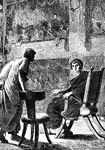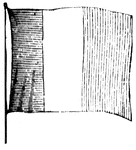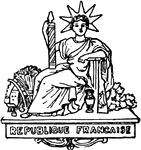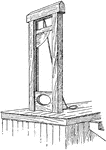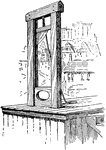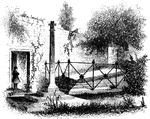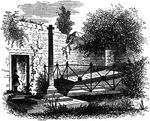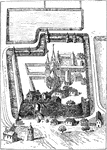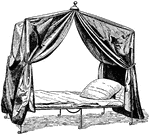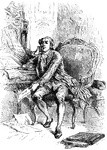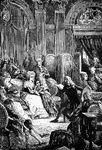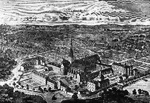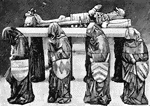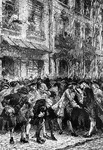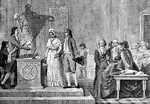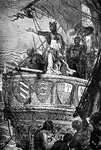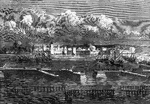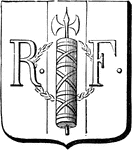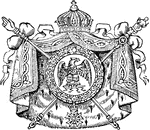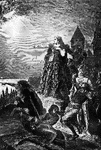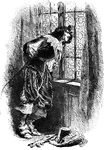France Miscellaneous
The France Miscellaneous ClipArt gallery offers 44 illustrations of everyday life in France, places, documents, and other illustrations related to France.
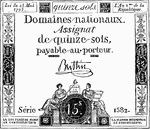
Assignat
"After appropriating to national purposes the land belonging to the church, the French National Assembly,…

Bastile Key
"Key of the Bastile. This key of the old Paris prison known as the Bastile, was sent by La Fayette to…

Cantal District of France
Section of the Cantal district of France, showing the reconstruction of the old volcano with its succession…
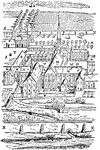
Bird Eye View of Citeaux
A. Cross, B. Gate-house, C. Almonry, D. Chapel, E. Inner gate-house, F. Stable, G. Dormitory of lay…
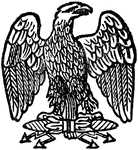
French Eagle
"The Eagle is an emblem in heraldry, war, and legend. The eagle, borne upon a spear, was used by the…

Flag of France, 2009
Black and white outline flag of France. Three equal vertical bands of blue (hoist side), white, and…

Franks Crossing the Rhine to Establish Themselves on the West Bank as Allies of Rome
A group of Franks, mainly men with a couple of women and children, cross the Rhine River on a wooden…

Gable Tower in France
"Gable Tower, Dormans, France. A tower finished with gables on two sides or on all four sides, instead…
Grand Puy of Sarcoui
Grand Puy of Sarcoui, composed of trachyte and rising between two breached scoria cones. Located in…
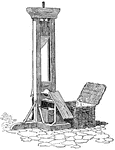
Guillotine
"The guillotine was used during the Reign of Terror of the French Revolution. Now that the power of…
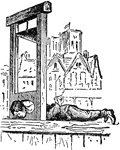
Guillotine
"The guillotine is an apparatus for beheading persons at one stroke, adopted by the National Assembly…
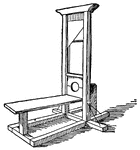
Guillotine
The guillotine was a decapitating execution device invented by Joseph-Ignace Guillotin, remembered for…

Guillotine
The guillotine was a device used for carrying out executions by decapitation. It consists of a tall…
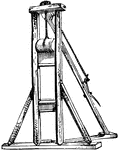
Guillotine
The guillotine was a device used for carrying out executions by decapitation. It consists of a tall…

The Lion of Lucerne
"It represents a dying lion, which, pierced by a lance, still guards with its paw the Bourbon lilies.…

Maenhir and Trillithon
"Monoliths or single upright stones. The best example is at Carnac, in Brittany. This huge stone when…

Mont Blanc
The Mont Blanc (French for white mountain) or Monte Bianco (Italian 'White Mountain'), also known as…

Orleans
This image shows Orleans in the fifteenth century. Orleans is a city and commune in north-central France.
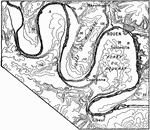
Meanders of the Seine
Intrenched meanders of the Seine in the old peneplane cut upon the strata of the Paris Basin; near Rouen.
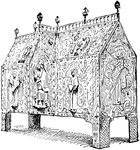
Shrine
"Shrine of St. Calmine, Duke of Aquitaine, in enameled and gilded copper; early 13th century." -Whitney,…
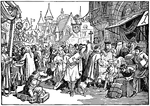
A Street Fair in 13th Century France
Illustration of a bustling street fair in France during the 13th century. Numerous people crowd the…


